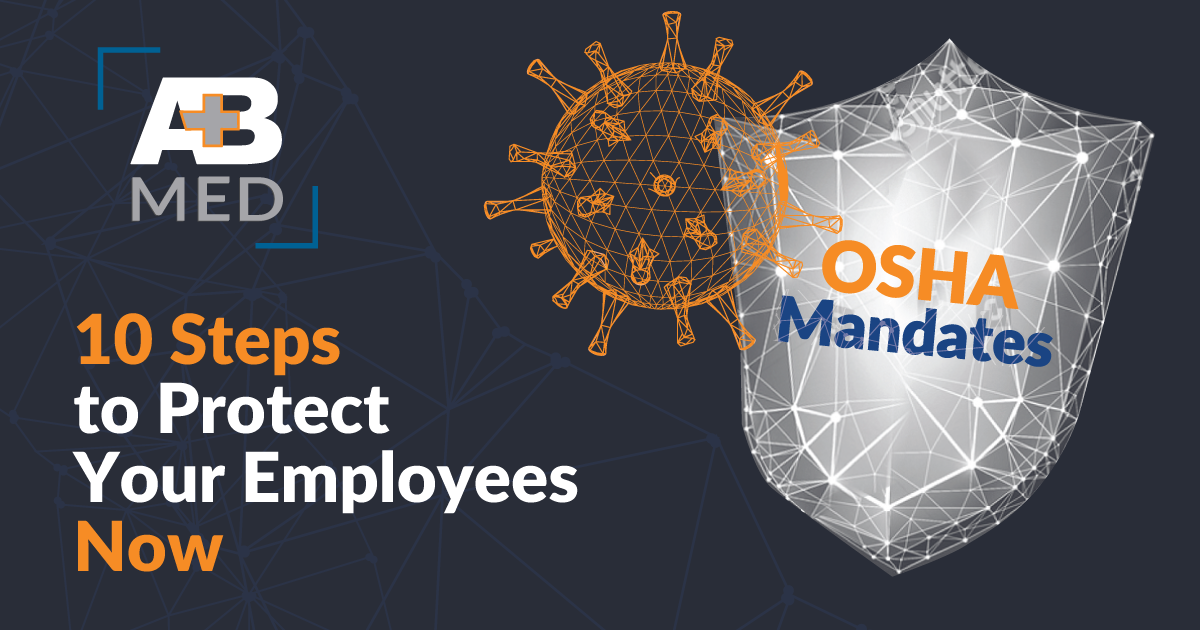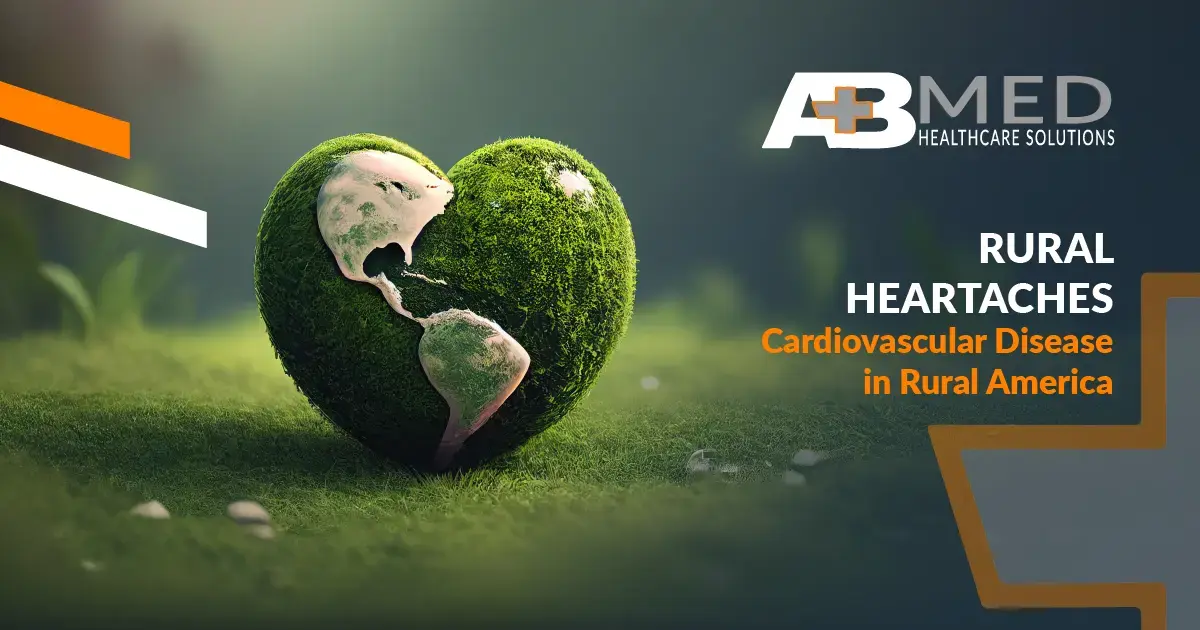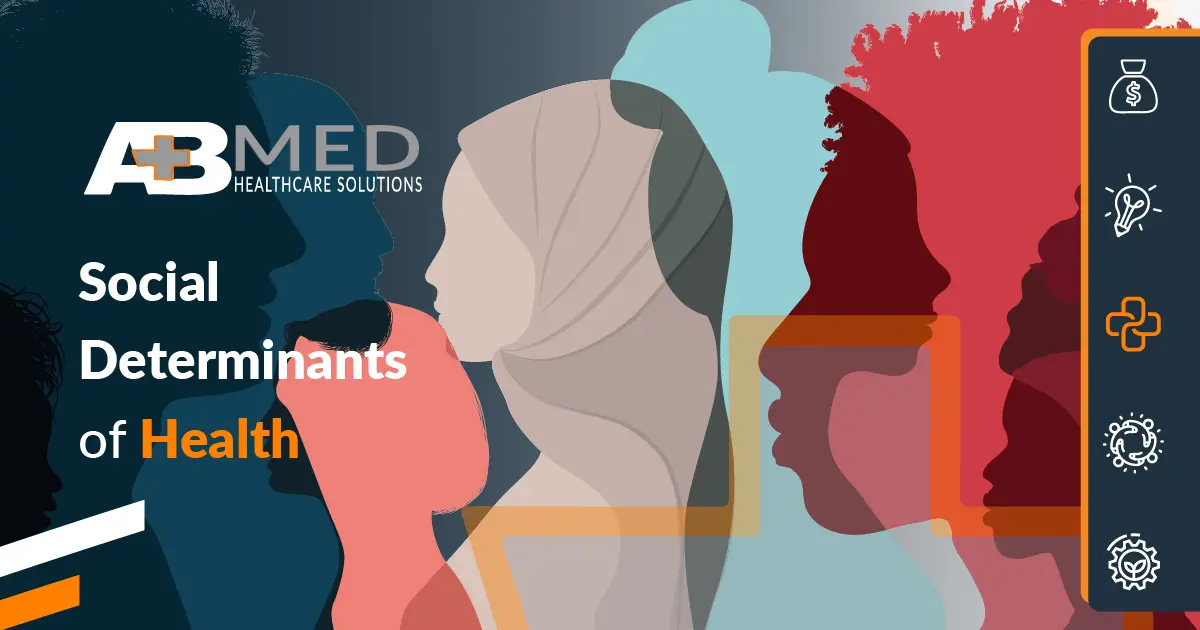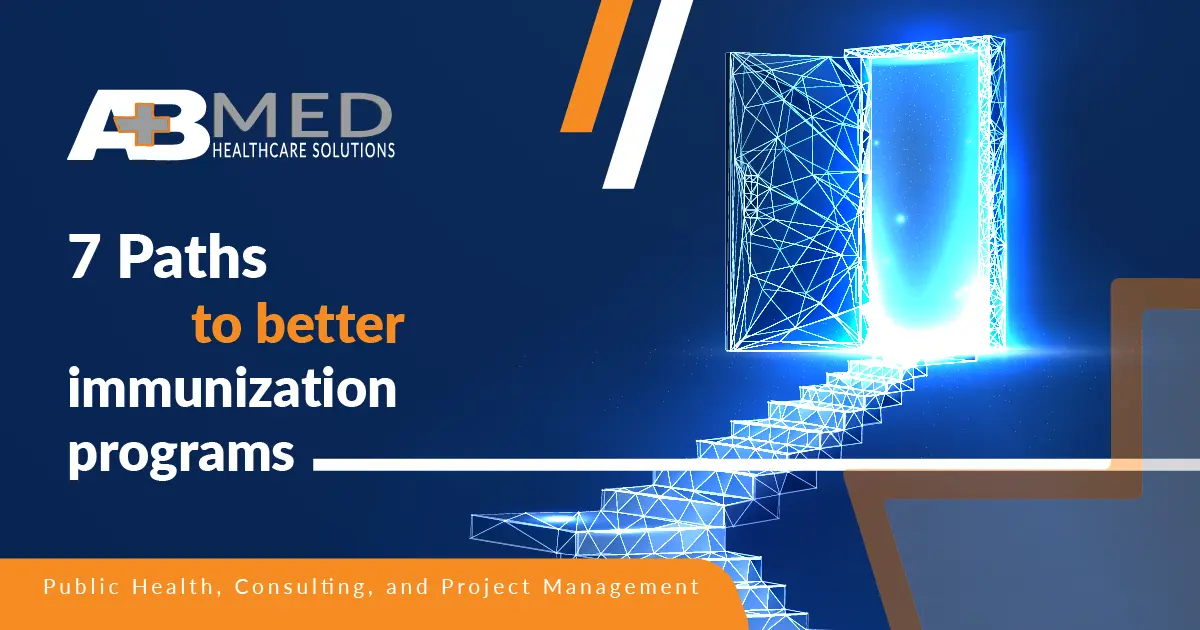On September 9, Occupational Safety and Health Administration, also known as OSHA, was tasked with implementing new federal regulations mandating COVID-19 vaccinations. [i] While OSHA works on the specific rules and guidelines; many organizations have voluntarily created their own vaccination and testing requirements. This soon-to-come new direction from OSHA is in addition to their recent mandates first announced in June 2021 for many health care and federal workers to be vaccinated and wear personal protective equipment in specific work environments. [ii]
Why OSHA?
Under the Department of Labor, OSHA has the power to draft, issue, and enforce specific rules for workplace safety to protect workers. Therefore, issuing a mandate for workplaces using existing OSHA authority allows a faster way to raise the overall vaccination rates within the United States.
What is the process for OSHA, and when are the rules expected to come out?
OSHA will use an emergency temporary standard to delineate the rules needed to enact the regulation. The typical timeframe for an emergency standard is several weeks, allowing OSHA enough time to prepare and publish the guidance for employers. Hopefully, this expedited legal and practical review process will reduce legal challenges and provide valuable answers to many businesses’ questions. OSHA’s burden is to demonstrate that workers are in danger from COVID-19 and that a rule for mandating vaccinations or testing would protect them.
Who would be affected?
What should companies do in the meantime?
While waiting for the official OSHA direction on the new regulation, companies are being encouraged to put their own vaccination/testing program into place proactively. Early adopters in the private sector include Goldman Sachs, American Airlines, Chevron, Google, Disney, IBM, United Airlines, Tyson Foods, 3M, Proctor & Gamble, JetBlue, Alaska Airlines, and Fox News.
What is the response?
Some employers are worried the mandate will cause a more significant worker shortage as some employees may refuse to get vaccinated or agree to weekly testing. However, some early adopters like United Airlines report an overwhelmingly positive response by employees to get vaccinated due to the company mandate. They also state a very positive boost in job applications. They see a 10 to 1 ratio when compared to the job openings.
10 Steps to Protect Your Employees Now [v]
- Encourage employees to get vaccinated by providing paid time off for the vaccination appointment and recovery time for symptoms.
- Require those infected with COVID-19, unvaccinated workers who had close contact with an infected person, and any who have symptoms to stay home until they have two negative test results.
- Put in place a physical distancing policy for at-risk and unvaccinated workers.
- Supply employees with face masks appropriate for the person and the setting.
- Provide training for employees on your COVID-19 protocols.
- Establish and communicate a face mask policy for customers and visitors.
- Inspect, maintain, and even improve your indoor ventilation systems.
- Establish regular cleaning and disinfection of the workplace. Also, institute a disinfection program anytime a worker has had contact with a COVID-19 patient or suspected patient.
- Use OSHA Form 300 anytime is required to report COVID-19 infections and deaths that are work-related.
- Create a safe, anonymous way for workers to report COVID-19 concerns.
What does this mean for your company?
The OSHA and federally issued rules regarding COVID-19 will require employers to have testing, vaccine verification, and everything in between. Some larger employers may be able to roll these processes into their existing HR functions. Still, smaller to medium size companies may be especially burdened to manage these processes on their own. Either way, AB Med can help. We have developed a customizable program to help you navigate the OSHA mandates. Contact us today to discuss how we can help your organization, employees, and community thrive. Let’s Connect.
REFERENCES & RESOURCES
- Hirsch, L. (2021). Biden Asks OSHA to Order Vaccine Mandates at Large Employers. The New York Times. [online] 9 Sep. Available at: https://www.nytimes.com/2021/09/09/business/osha-vaccine-biden-mandate.html.
- Scheiber, N. (2021). OSHA issues a new Covid safety rule, but only for the health care industry. The New York Times. [online] 10 Jun. Available at: https://www.nytimes.com/2021/06/10/business/economy/osha-covid-rule.html.
- Hirsch, L. (2021). Biden Asks OSHA to Order Vaccine Mandates at Large Employers. The New York Times. [online] 9 Sep. Available at: https://www.nytimes.com/2021/09/09/business/osha-vaccine-biden-mandate.html.
- Rogers, K. and Stolberg, S.G. (2021). Biden Mandates Vaccines for Workers, Saying, “Our Patience Is Wearing Thin.” The New York Times. [online] 9 Sep. Available at: https://www.nytimes.com/2021/09/09/us/politics/biden-mandates-vaccines.html.
- www.osha.gov. (2021). Protecting Workers: Guidance on Mitigating and Preventing the Spread of COVID-19 in the Workplace | Occupational Safety and Health Administration. [online] Available at: https://www.osha.gov/coronavirus/safework.
By: Erik McLaughlin MD, MPH and Aikaterini Papadopoulou, B.Arch






